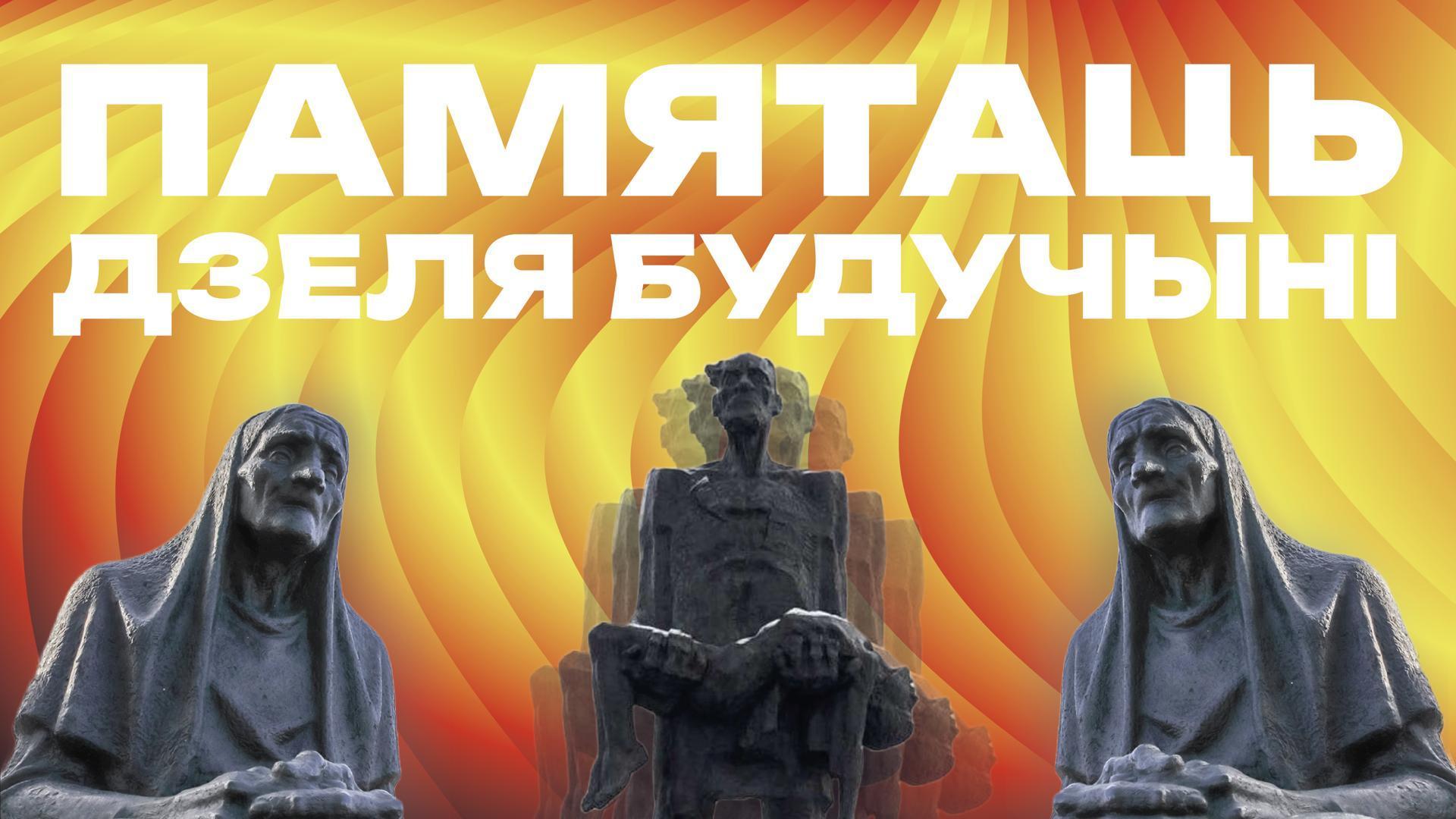This page has been translated automatically and has not yet been verified by experts.
Helpful information
Events dedicated to the topic of genocide of the Belarusian people in the RTO
Investigation of the criminal case of genocide
Law of the Republic of Belarus of January 5, 2022 No. 146-Z On the genocide of the Belarusian people
Maps of burned villages and death camps
Genocide of the Belarusian people
Genocide is a form of mass violence, which the UN defines as acts committed with the intent to destroy, in whole or in part, a national, ethnic, racial or religious group as such by:
- killing members of that group;
- causing serious bodily harm or mental impairment to members of that group;
- taking measures designed to prevent childbirth in such a group;
- forcible transfer of children from one human group to another;
- premeditated creation of living conditions calculated for the complete or partial physical destruction of this group.
At the initiative of the General Prosecutor's Office of the Republic of Belarus, in January 2022, our country adopted the Law “On the Genocide of the Belarusian People.” For the first time, it is established at the legislative level that the atrocities that were committed during the Great Patriotic War and the post-war period by Nazi criminals and their accomplices and aimed at the systematic physical destruction of the Belarusian people through murder and other actions recognized as genocide in accordance with legislative acts and international law, are genocide of the Belarusian people.
The materials of the criminal case initiated on the fact of genocide of the population of Belarus during the Great Patriotic War and the post-war period are posted in a separate section on the website of the Prosecutor General's Office.
At the moment, more than 13,300 witnesses have been questioned, most of whom are prisoners of concentration and death camps (7,700 people).
A lot of work is being done in the archival institutions of the republic. During the investigation, more than 2,000 inspections were carried out, during which archival documents were identified indicating the mass extermination of civilians, the burning of settlements and theft into slavery.
Additionally, places of mass destruction and burial were identified that were previously unknown and unexplored. For example, in the Brest region, based on the testimony of witnesses, 4 places were established, in each of which more than 100 people could be buried. In the Vitebsk region, 2 interrogation places have been identified, in which there can be more than 200 people in each. In the Gomel region there are 4 places where from 100 to 3,000 people can be buried. In the Mogilev region there are at least 2 places in which from 300 to 1,000 people can be buried. Similar burial sites have been established in other regions of the republic.
In 2021, since the initiation of the criminal case, excavations have been carried out in 12 places. In total, the remains of more than 2,200 people were recovered.
Recently a new book “Genocide of the Belarusian People” , edited by the Prosecutor General of the Republic of Belarus Andrei Shved, was published.

It included analytical materials based on the results of the investigation of the criminal case initiated by the Prosecutor General's Office in April 2021 on the fact of genocide of the population of Belarus during the Great Patriotic War and the post-war period. The book, in particular, describes previously unknown places of mass extermination and forced detention of citizens.
